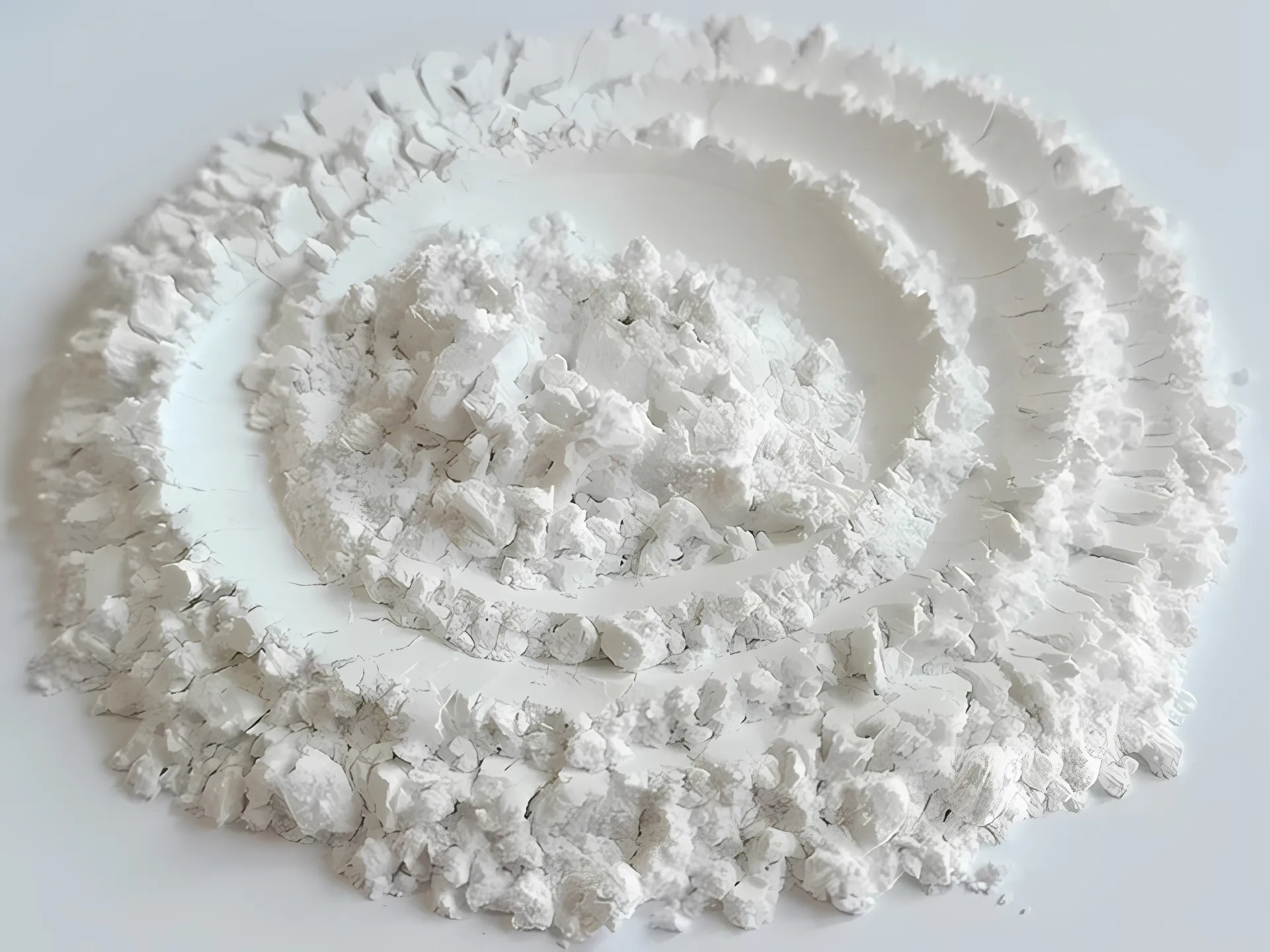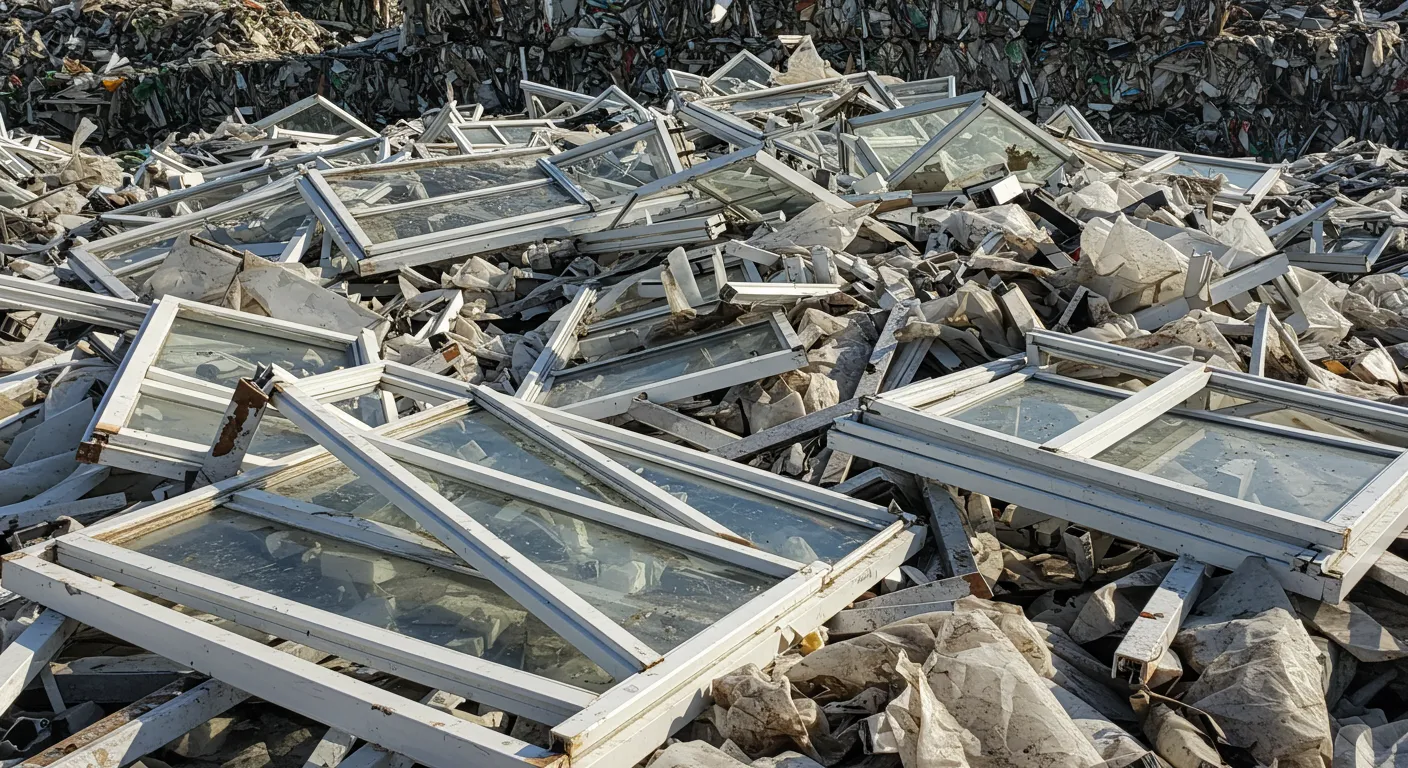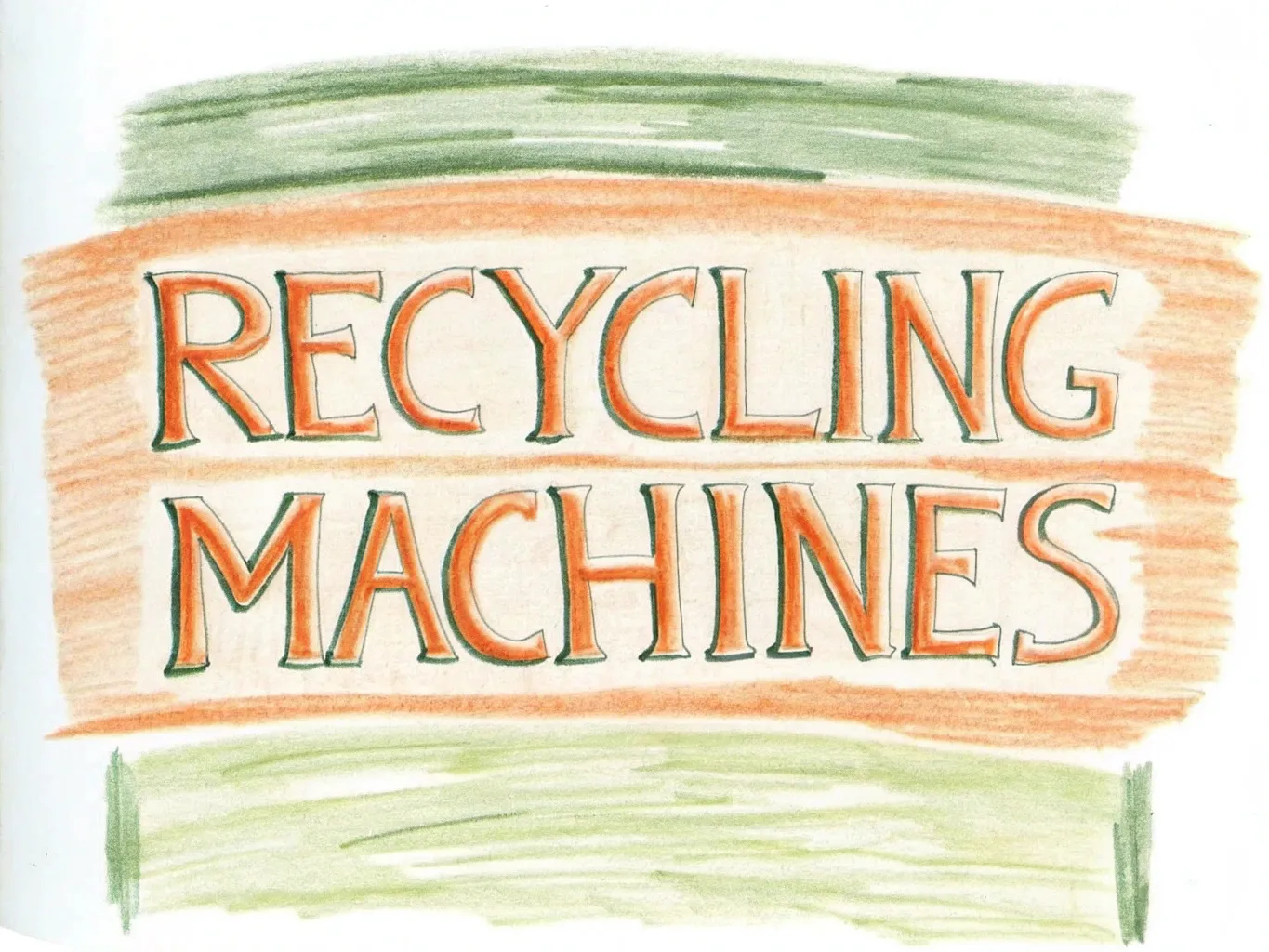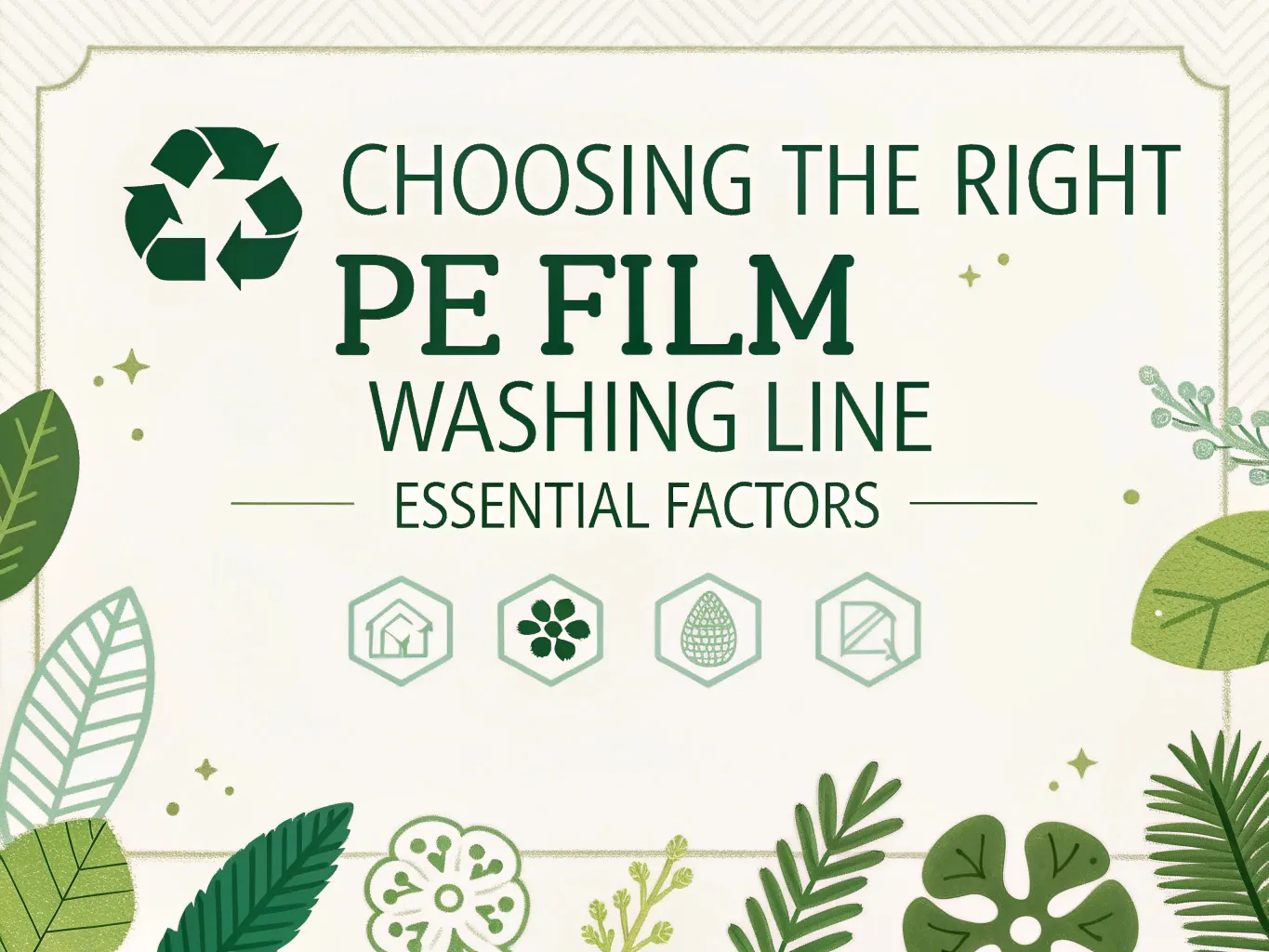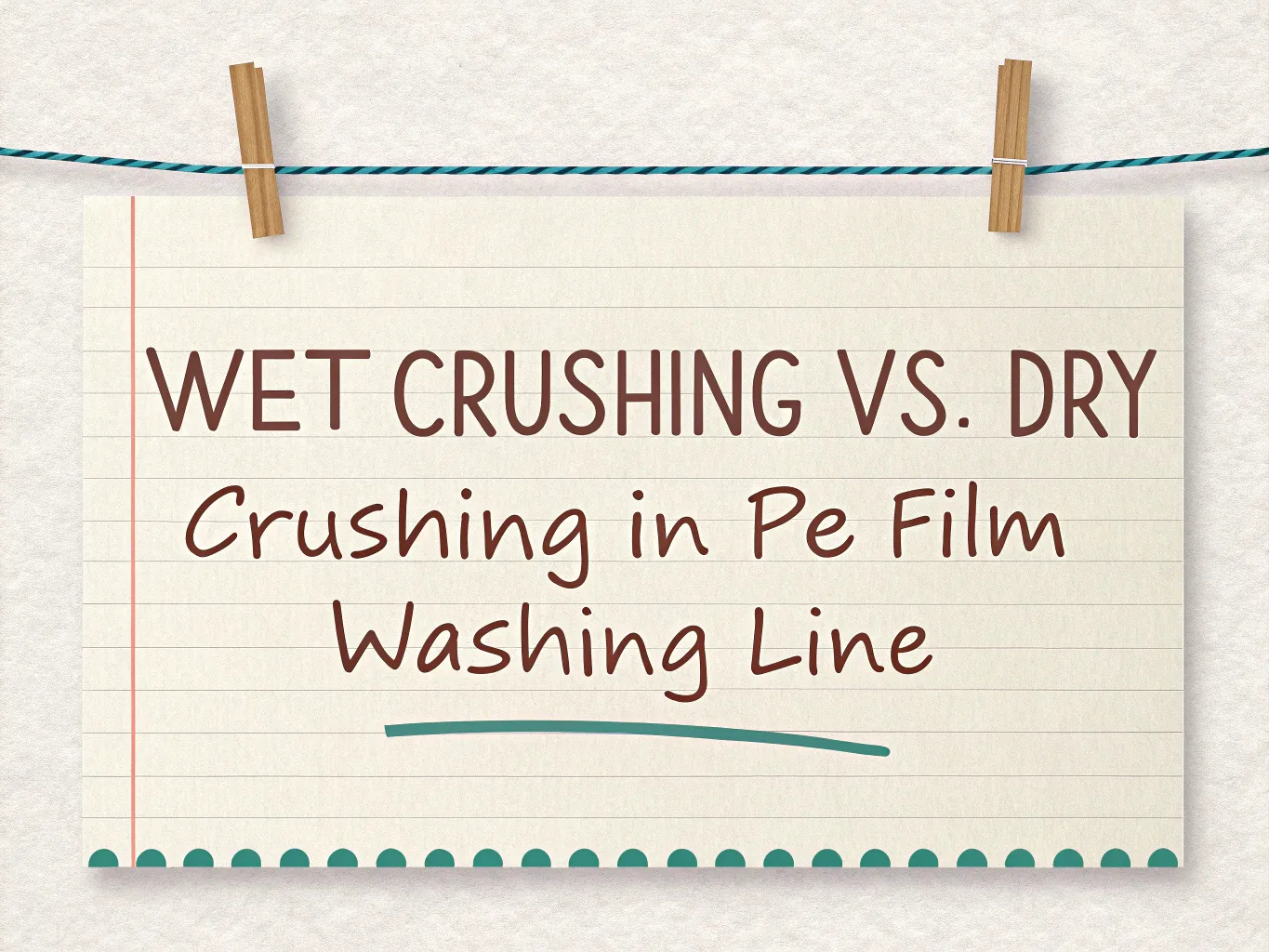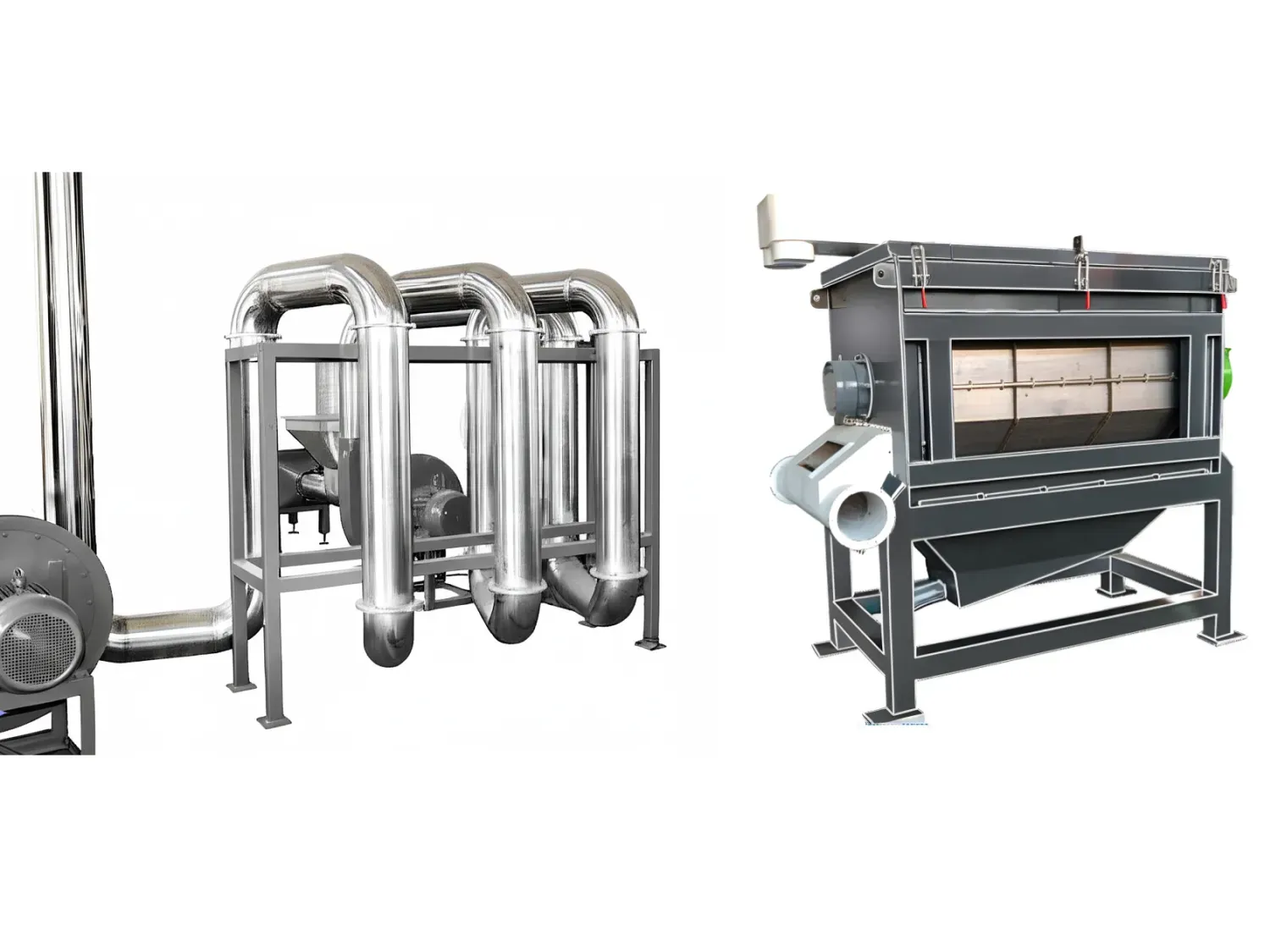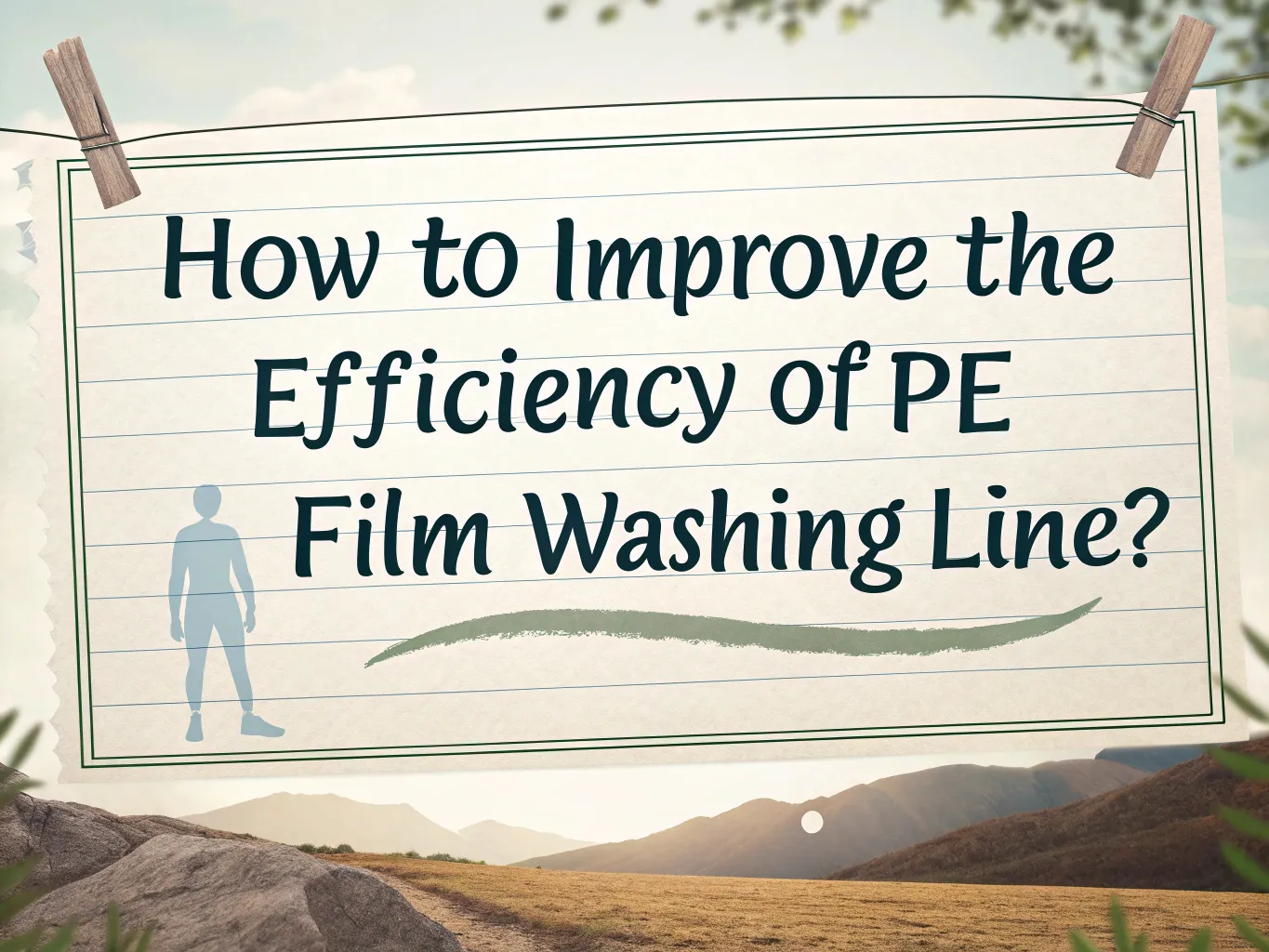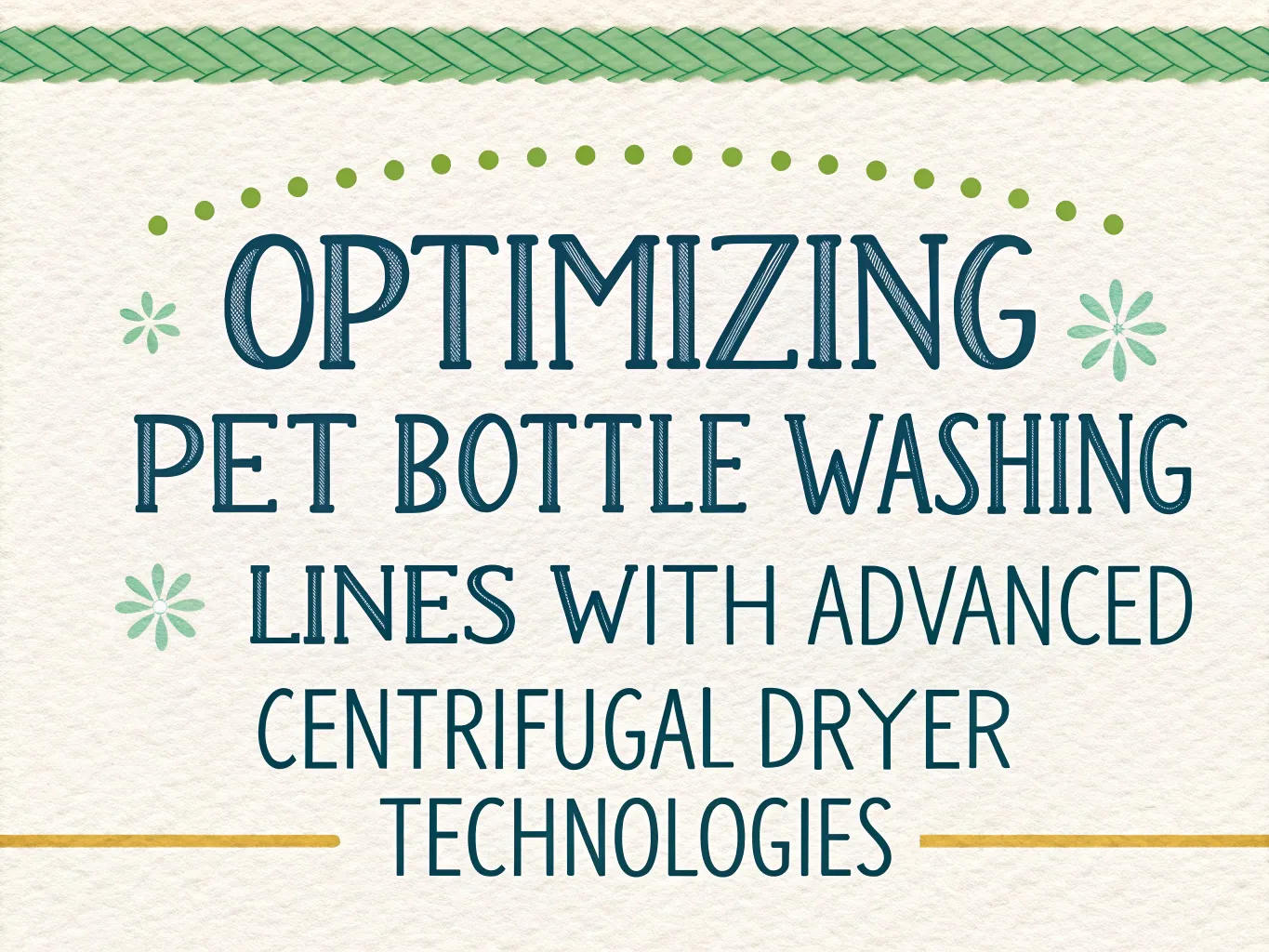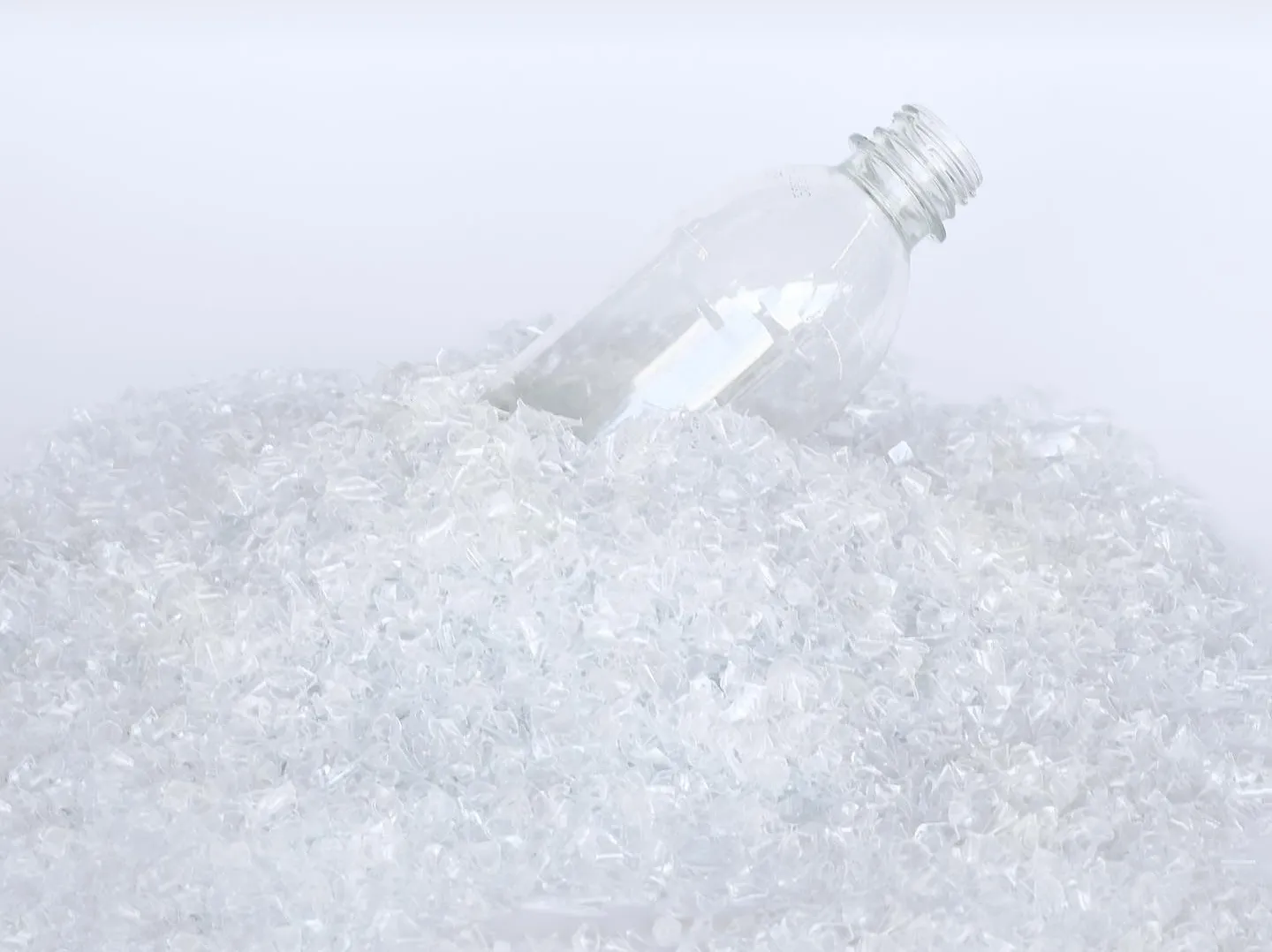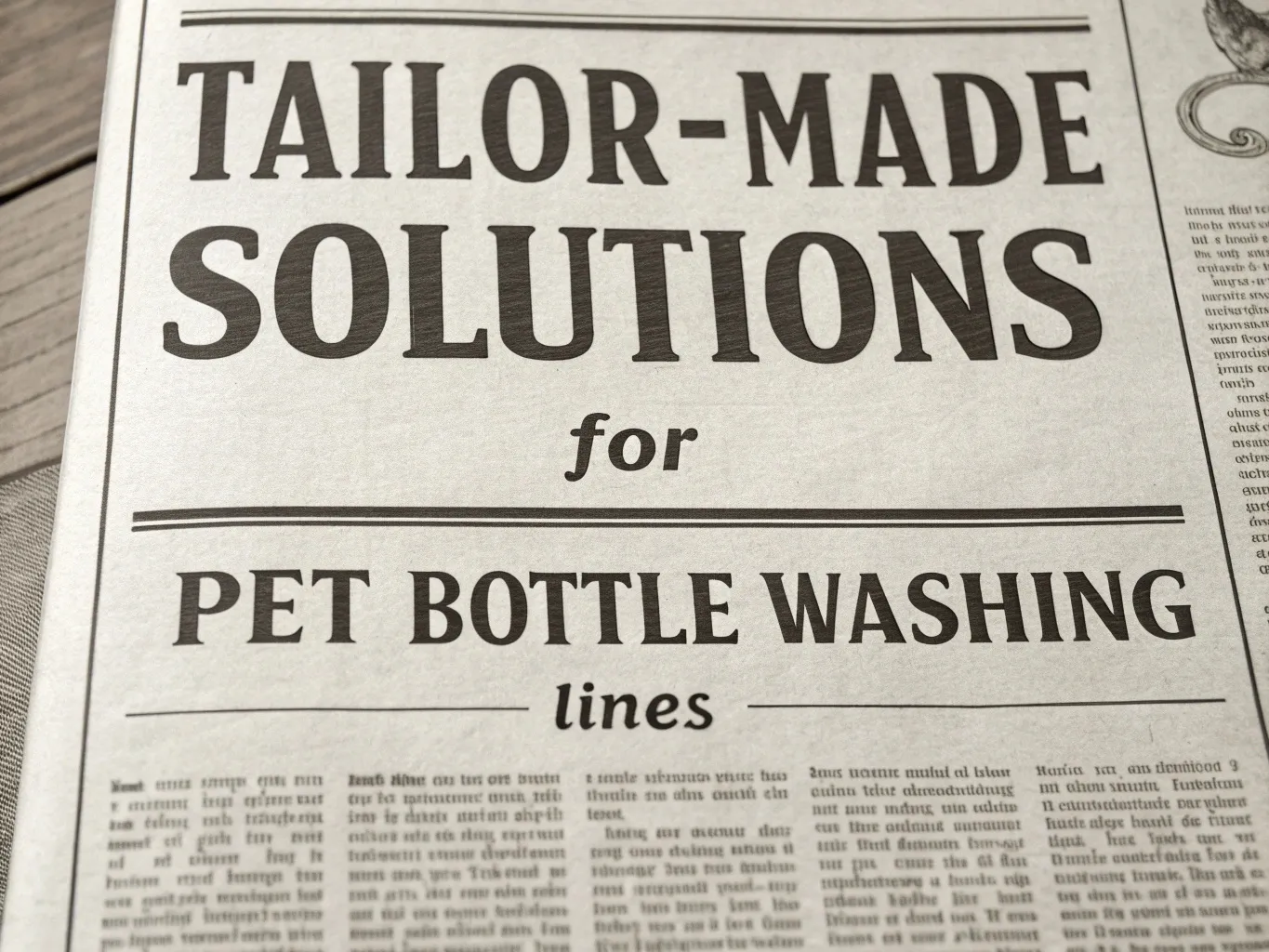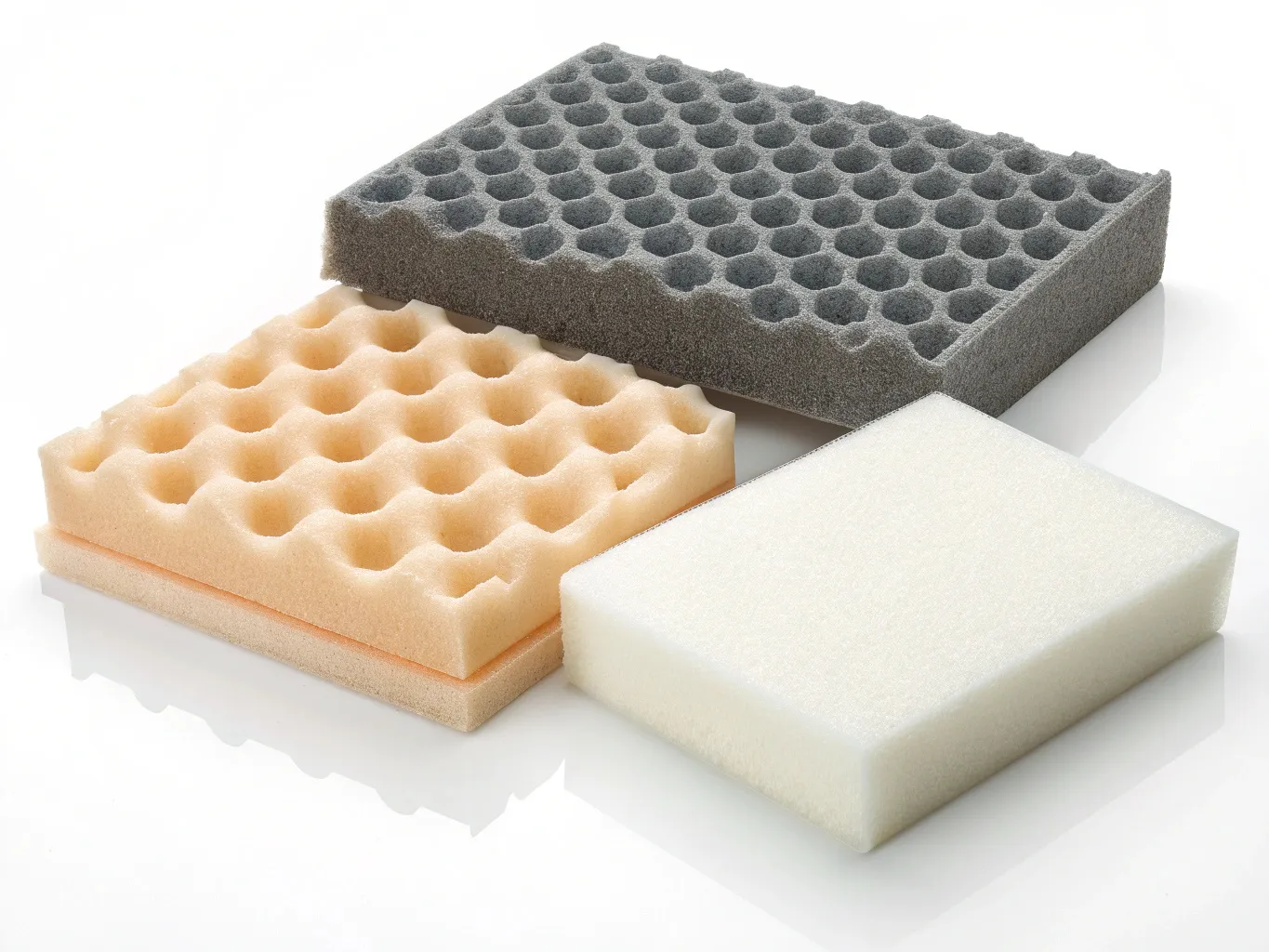Știri despre reciclare
Polyvinyl chloride (PVC) is among the most versatile and widely used plastics globally, prevalent in industries such as construction, packaging, and electrical insulation. To enhance properties and reduce costs, manufacturers commonly add fillers like calcium carbonate (often referred to as calcium powder). While calcium powder provides clear benefits—such as enhanced stiffness, improved dimensional stability, and significant cost reduction—it also profoundly affects the performance of PVC grinding equipment. Understanding this relationship is critical for manufacturers and recyclers aiming to optimize both production quality and machine efficiency.
Polyvinyl chloride (PVC) stands as one of the most adaptable and widely utilized plastics globally, prized for its durability, cost-efficiency, and versatility across various industries. For those involved in manufacturing, recycling, or material processing, grasping the distinctions between different types of PVC and their specific grinding requirements is essential for optimizing production and ensuring top-notch results. This article delves into the characteristics of the main PVC types—rigid PVC, flexible PVC, and copolymers—and offers practical advice on how these properties affect grinding processes, equipment choices, and best practices.
The plastics recycling industry, particularly polyethylene (PE) film recycling, is experiencing significant growth, driven by increasing environmental regulations and a rising demand for recycled materials. A critical stage in the PE film washing process is dewatering – efficiently removing water from the washed and shredded film flakes. The choice of dewatering technology significantly impacts operational costs, product quality (specifically the final moisture content), and the overall return on investment (ROI) for a recycling facility.
Selectarea corectă polyethylene (PE) film washing line is vital for enhancing recycling efficiency, product quality, and profitability. With numerous options on the market, understanding what to prioritise ensures informed decision-making. This article provides practical guidance on the essential factors professionals and investors should evaluate before investing in a PE film washing system.
Procesele de reciclare a plasticului pentru rășini comune precum PET, HDPE și PP implică mai multe etape – de la mărunțire și spălare până la uscarea plasticului curățat. În etapele finale, îndepărtarea fiecărei picături de umiditate este crucială. Uscătoarele centrifugale joacă un rol... rol cheie în această etapă, asigurându-se că fulgii de plastic sunt curat și uscat pentru reutilizare în produse noi. Acest articol analizează în detaliu modul în care funcționează uscătoarele centrifugale, de ce sunt importante pentru materiale precum PET, HDPE și PP și compară eficiența lor cu cea a uscătoarelor tradiționale cu aer cald. uscarea țevilor sisteme. De asemenea, vom discuta despre modul în care aceste uscătoare sunt utilizate în instalațiile industriale mari față de operațiunile la scară mică și vom evidenția avantajele și considerațiile la alegerea unei metode de uscare.
To improve the efficiency of a PE film washing line, you need to focus on equipment upgrades, process optimization, and resource management. Here are the most effective ways to boost performance and reduce operational costs.
Modern PET bottle washing lines rely on centrifugal dryers to achieve the stringent moisture standards required for high-quality recycled PET flakes. These systems combine mechanical efficiency with advanced automation to deliver energy savings, material preservation, and operational reliability.
In a world increasingly focused on sustainability, recycling PET bottles has become a critical step toward reducing plastic pollution and conserving resources. At the heart of this process lies the PET Bottle Washing Line, a specialized system that cleans and prepares post-consumer PET bottles for reuse. This article explores how recycled PET bottles are transformed into valuable materials, their applications across industries, and why investing in PET bottle washing technology is essential for a circular economy.
This comprehensive guide delves into the customized selection of pet bottle washing lines, focusing on meeting different scale requirements by discussing the differences between small, medium, and large lines, and providing practical advice on choosing the right equipment based on business needs. The information is derived from extensive research into manufacturer specifications, industry practices, and recycling processes, ensuring a thorough understanding for businesses aiming to optimize their recycling operations.
This article provides an in-depth exploration of the recycling processes for Expanded Polyethylene (EPE) şi Expanded Polystyrene (EPS) foams, highlighting their similarities and differences based on current industry research and best practices. The aim is to inform recycling professionals, environmental advocates, and industry stakeholders about the practical feasibility, challenges, and sustainable opportunities associated with recycling these widely used materials.



